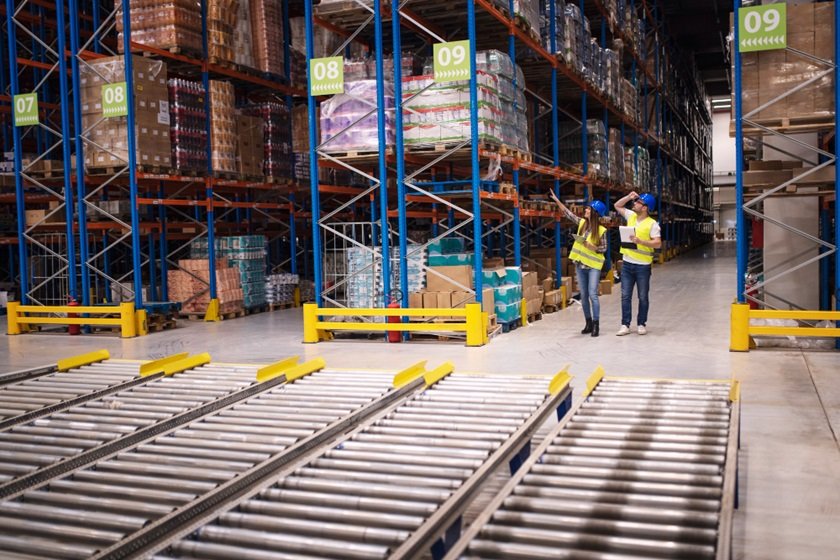In an era marked by growing environmental consciousness and the urgent need to combat climate change, the construction industry stands at a crossroads. Traditionally characterized by its significant environmental footprint, construction is now undergoing a paradigm shift towards sustainability. With innovative technologies, materials, and practices, sustainable construction solutions are paving the way for a greener, more environmentally responsible future.
Challenges of Traditional Construction:
Traditional construction practices have long been associated with resource depletion, pollution, and carbon emissions. From the extraction of raw materials to the disposal of construction waste, every phase of the building process has contributed to environmental degradation. Additionally, the energy consumption of buildings, particularly during their operational lifespan, has further exacerbated the industry’s environmental impact.
The Rise of Sustainable Construction:
Recognizing the need for change, the construction industry is embracing sustainability as a guiding principle. Sustainable construction seeks to minimize environmental impact while maximizing economic viability and social responsibility. It encompasses a wide range of strategies and practices aimed at reducing resource consumption, promoting energy efficiency, and mitigating greenhouse gas emissions throughout the entire lifecycle of a building.
Key Sustainable Construction Solutions:
- Green Building Certification: Programs such as LEED (Leadership in Energy and Environmental Design) and BREEAM (Building Research Establishment Environmental Assessment Method) provide frameworks for assessing and certifying the environmental performance of buildings. By adhering to stringent criteria related to energy efficiency, water conservation, materials selection, and indoor environmental quality, green building certification incentivizes the adoption of sustainable construction practices.
- Energy-Efficient Design: Incorporating passive design strategies such as orientation, insulation, natural ventilation, and daylighting can significantly reduce the energy demand of buildings. Additionally, the integration of energy-efficient HVAC systems, lighting fixtures, and appliances further enhances operational energy efficiency, leading to lower utility costs and carbon emissions.
- Renewable Energy Integration: The widespread adoption of renewable energy technologies, such as solar panels, wind turbines, and geothermal systems, is increasingly common in sustainable construction projects. By harnessing clean, renewable energy sources, buildings can achieve greater energy independence and resilience while minimizing their reliance on fossil fuels.
- Resource-Efficient Materials: Sustainable construction places a strong emphasis on the use of eco-friendly, locally sourced, and recycled materials. Materials with low embodied energy, such as bamboo, straw bales, and recycled steel or concrete, offer viable alternatives to traditional construction materials, reducing carbon emissions and minimizing environmental impact.
- Waste Reduction and Recycling: Minimizing construction waste through efficient material management practices, such as deconstruction, salvaging, and recycling, is integral to sustainable construction. By diverting waste from landfills and promoting circular economy principles, construction projects can significantly reduce their environmental footprint and contribute to resource conservation.
- Water Conservation Measures: Implementing water-efficient fixtures, rainwater harvesting systems, and greywater recycling technologies can help reduce water consumption in buildings. Additionally, sustainable landscaping practices, such as xeriscaping and native plantings, minimize the need for irrigation while enhancing biodiversity and ecosystem resilience.
Conclusion:
Sustainable construction represents a fundamental shift towards a more environmentally responsible and resilient built environment. By embracing innovative technologies, materials, and practices, the construction industry can mitigate its environmental impact, enhance resource efficiency, and create healthier, more sustainable communities for future generations. As global awareness of climate change continues to grow, sustainable construction solutions will play an increasingly vital role in shaping a greener, more sustainable future for our planet.





